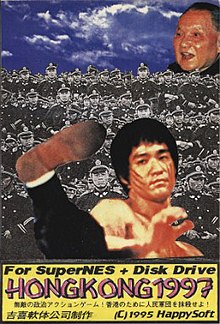The first two seasons are the ones the most people remember
since they’re within the same continuity and hooked everyone to begin with. Like some people, I lost interest in Digimon
around the time Tamers came along because of the unfamiliar characters and
tonal shift. Then I missed out on the fourth
season, Digimon Fronteir thanks in part to airing on a new channel. I did catch up with the ones I missed on
Disney channel re-runs and appreciated them on their own merits, but I still
preferred the original adventure. When I
got to Digimon: Data Squad, the fifth series, I wasn’t able to catch every
single episode, but what I did watch was interesting and possibly even darker
than Tamers. Fusion, the most recent
one, I was able to watch in its entirety.
It was pretty fun, but certainly not my favorite.
For a long time Digimon was unlocky when it comes to home
releases. It was a very TV-only affair
for a long time. Some of the seasons got
a few episodes on VHS or DVD if it was lucky.
You could only really watch the series outside of TV through recordings
of the TV airings, which weren’t the optimum quality. After over a decade of this, things changed
around the 2010s when New Video Group released them all in DVD box sets for
relatively cheap prices. Crunchyroll
also streamed the Japanese versions of the earlier series and Netflix added
Digimon Fusion to their lineup. Since
it’s one of the more controversial Digimon seasons not enough people have seen,
I thought it best to take advantage of this and get the box set for the season
I don’t think enough people have seen: Digimon: Data Squad.

